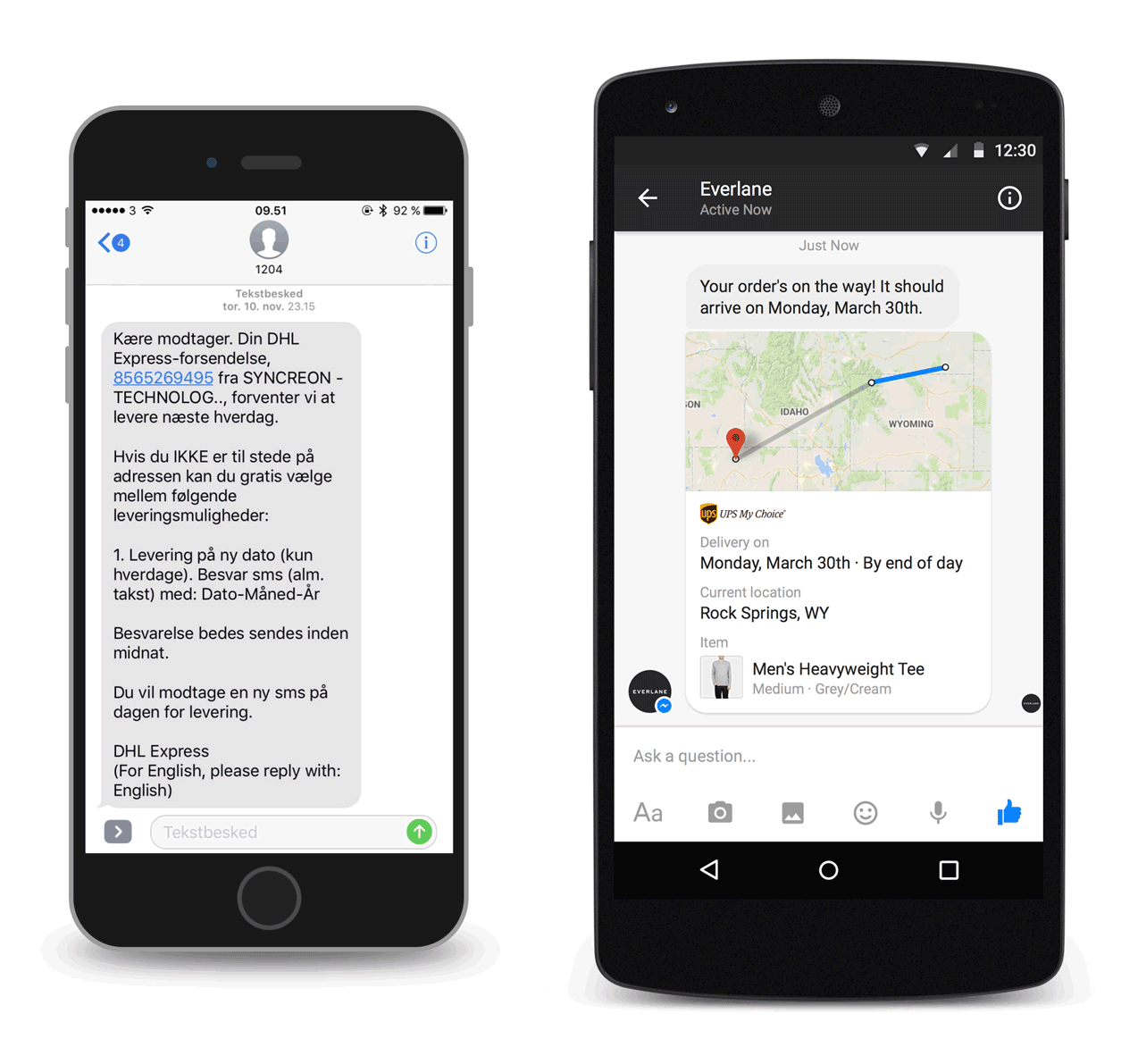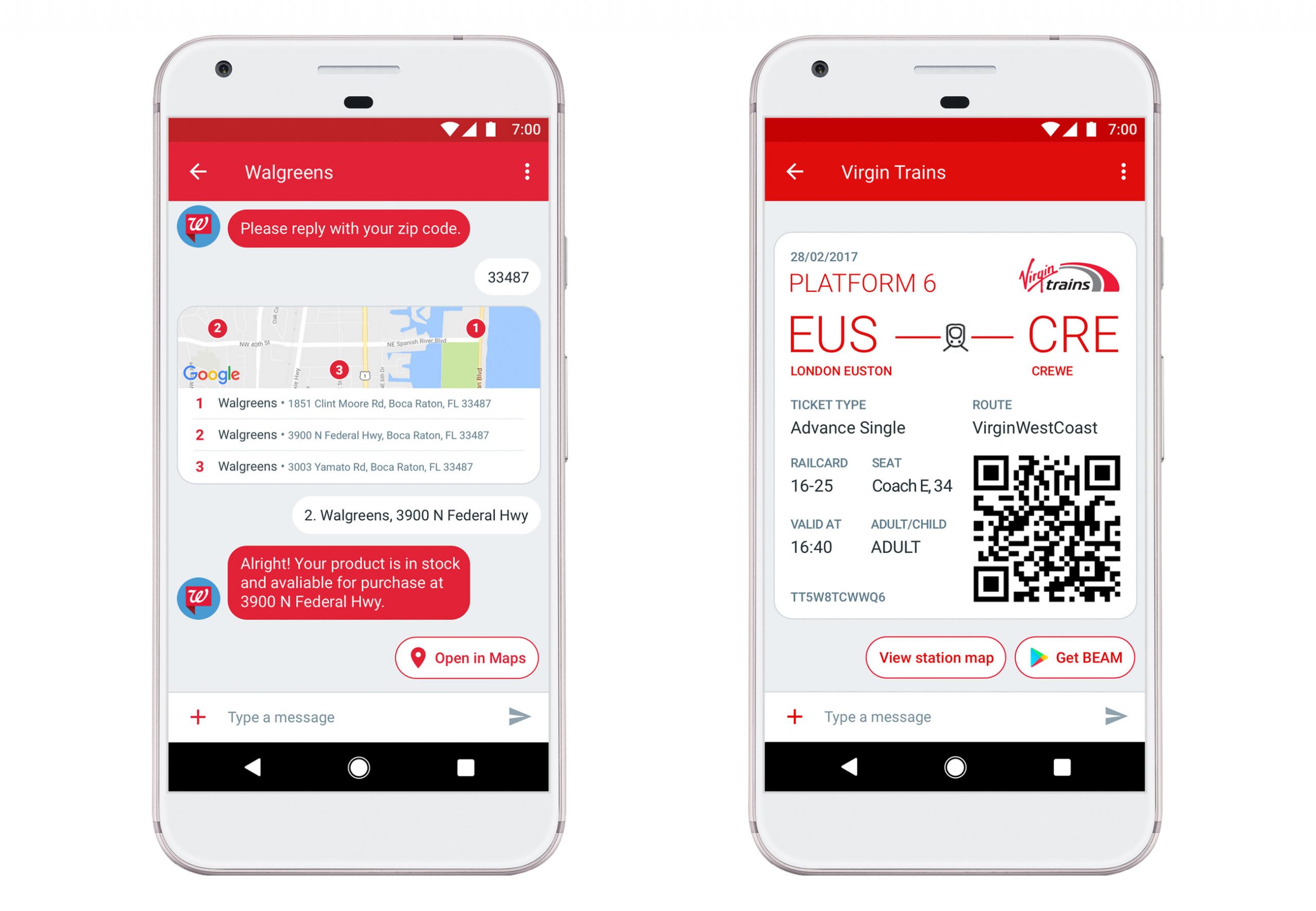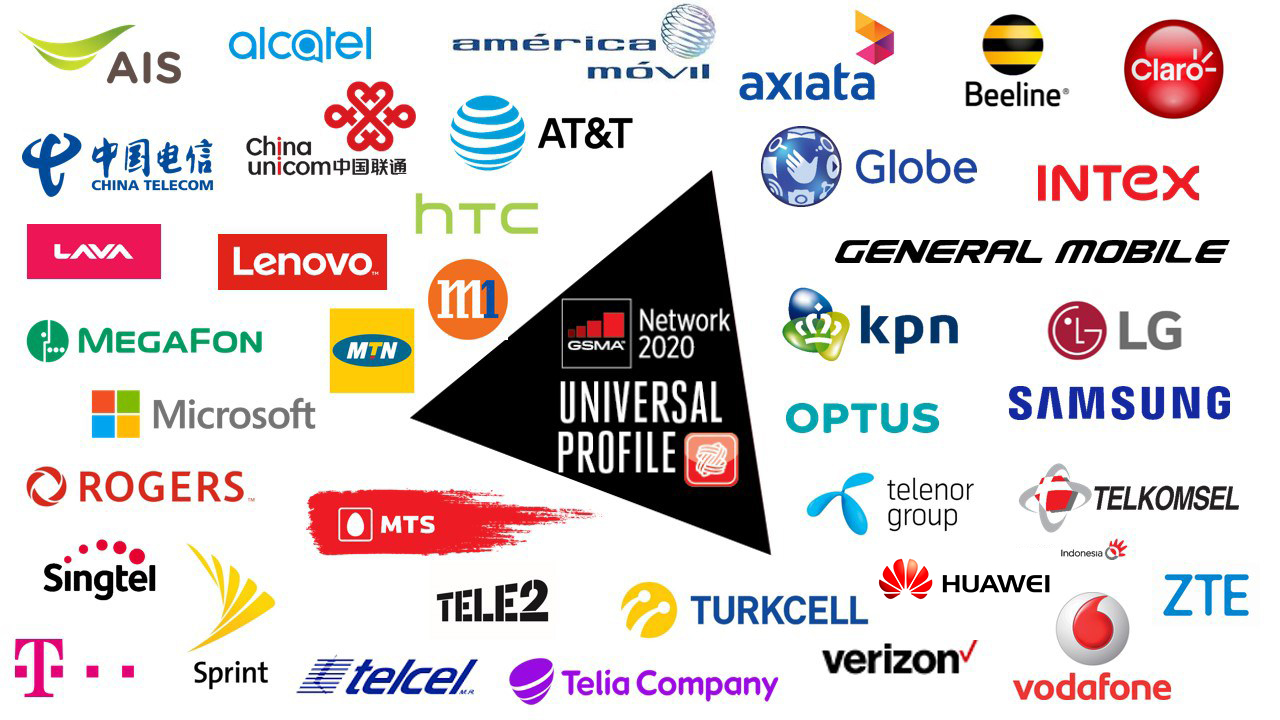RCS: Next Generation SMS

RCS, or Rich Communications Services, is the next generation of SMS, and it’s been in the pipeline for a long, long time. Work began 10 years ago in 2007, with expected interoperable deployment in 2009.
Now with Google on board, and GSM Association (GSMA) pushing RCS as part of their Network 2020 programme, things are finally getting interesting.
In a nut shell RCS is the Telecom Companies answer to what is known as OTT (Over The Top) Messaging Apps; the WhatsApps, Snapchats and Facebook Messengers of the world. It provides the same level of rich communication but with some important differences that we will explore in this blog post.
What took so long?
RCS Release 2 was ready in 2009, but it wasn’t until 2012 we saw a significant group of operators launching RCS, now rebranded as joyn. At this point however OTT apps was already grabbing most of the market share. Even worse, because there was no OS support for RCS at the time, joyn was another app the user had to download or have pushed to them as part of the operator branding. This is about to change with Google on board.
Interoperability was also lacking, in the few countries where it was deployed, only one or a few carriers supported RCS/joyn/Message+/Advanced Messaging. The carriers have separate branding, and run different RCS “profiles”, leading to interoperability issues. There are also organisational challenges, RCS development is steered by a commitee attached to the GSMA. This can be a slow and cumbersome process compared to the fast moving OTT App developers.
How is RCS useful for my business?
From an A2P (application to person) point of view, RCS can add value to your messages by enriching the user experience, improving customer engagement. All while keeping the global addressability via fallback to SMS. Below is an example of a shipment update, one sent as SMS from DHL (excuse the Danish), and one from the OTT App Facebook Messenger.

Which message would you prefer? With RCS the same user experience becomes possible, but without having to add the Facebook Messenger Bot, or seek permission from the user. In other words you get the ease of SMS with the capabilities of OTT Apps, this is a key differentiator between the OTT Apps and RCS.
This is how Google presents RCS in a business messaging context.

Hopefully these examples illustrate how RCS lets you add value to the conversations your business is having with it’s users.
No more walled gardens
What really sets RCS apart from the OTT apps is the fact that it is not controlled by a single company. WhatsApp, Skype, Messenger and the like is controlled by single entities with fierce competition. Each app is a walled garden, with access either closed or tightly controlled and no interoperability. RCS in stark contrast is backed by 60 companies and counting, and each “garden” is connected to the others.

Those with keen eyes, might notice that there is an Apple shaped hole in the wall of logos above. Indeed with the two other major phone OS providers; Google and Microsoft on board, the major question is whether Apple will open the iMessage walled garden to RCS interoperability. We spoke with key players at Messaging World in London a few months ago, and they indicated Apple was open to the idea, but nothing concrete yet.
“Universal” profile
The other significant development in RCS, beyond pre-installed support in Android from Google and partners, is the push for GSMAs “universal profile”. You see there are a lot of different capabilities that can be built on top of RCS, and the major carriers had their own versions. They use these capabilities in an attempt to keep customers on their network, lest they loose said capabilities. However when it comes to P2P (person to person) messaging, OTT apps is dominating, ie. 83% of teens in Germany are using WhatsApp for their messaging. That kind of market penetration is going to be very hard to do anything about, so the carriers can’t afford to stand alone. They know this all too well, and so far support for the new “universal” profile has been very strong, yet one can’t help thinking of a very famous XKCD comic:

The carriers will still add features on top of the universal profile, so we can expect some minimal functionality to be guaranteed by the profile, with advanced features being fragmented by carrier and OS provider. Still coming from the limited capabilities of SMS, it’s going to be an improvement none the less.
What’s next?
The carriers are in the process of migrating their custom RCS implementations to the new universal profile, there is no telling how long this might take. Google recently reported that Sprint, Rogers and Telenor have completed their migrations. They are some of the first, expect many more to come.
GSMA is working on Universal Profile, Release 2, which will include APIs, authentication and plugins. Release 2 is expected in Q2 2017 for the specification. Real life deployment may be a different matter.
With MWC in Barcelona these days we can expect the RCS hype train to gain full speed and look forward to more RCS news.
We, the team at GatewayAPI, are committed to providing end users with the very best experience, and we will therefore add RCS to our platform as soon as it’s widely available.
